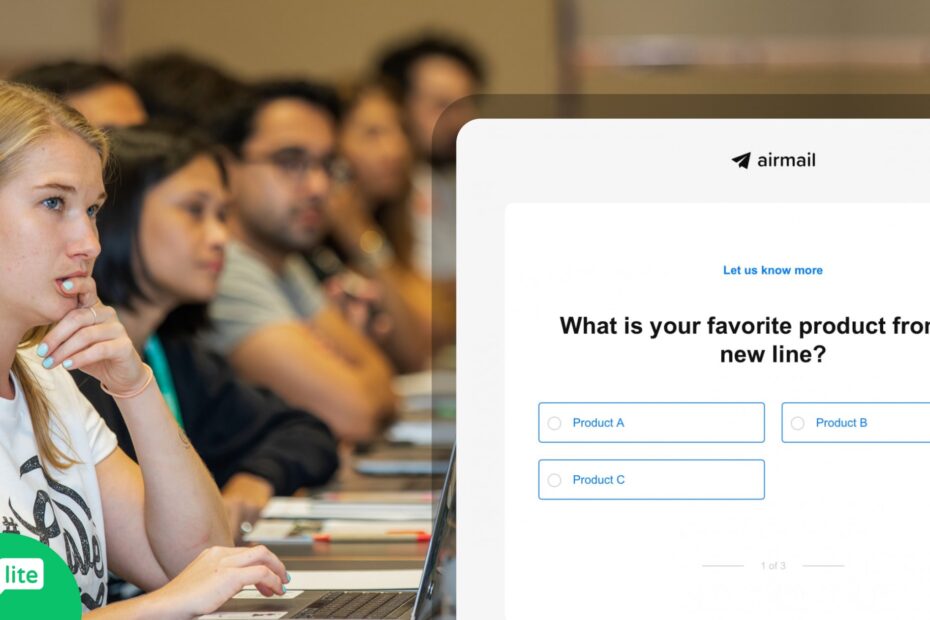Survey Service : Boost Your Business with Dynamic Data
Survey Service is a reliable and efficient platform for conducting surveys with precise and concise data collection. With its user-friendly interface and advanced features, Survey Service ensures accurate and actionable insights. In today’s digital age, gathering feedback and opinions from your target audience is crucial… Read More »Survey Service : Boost Your Business with Dynamic Data








